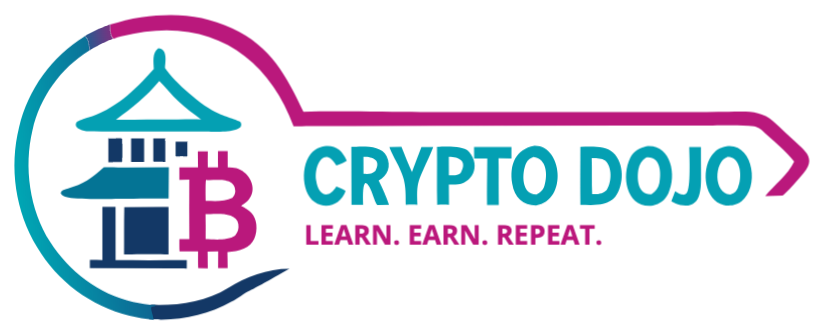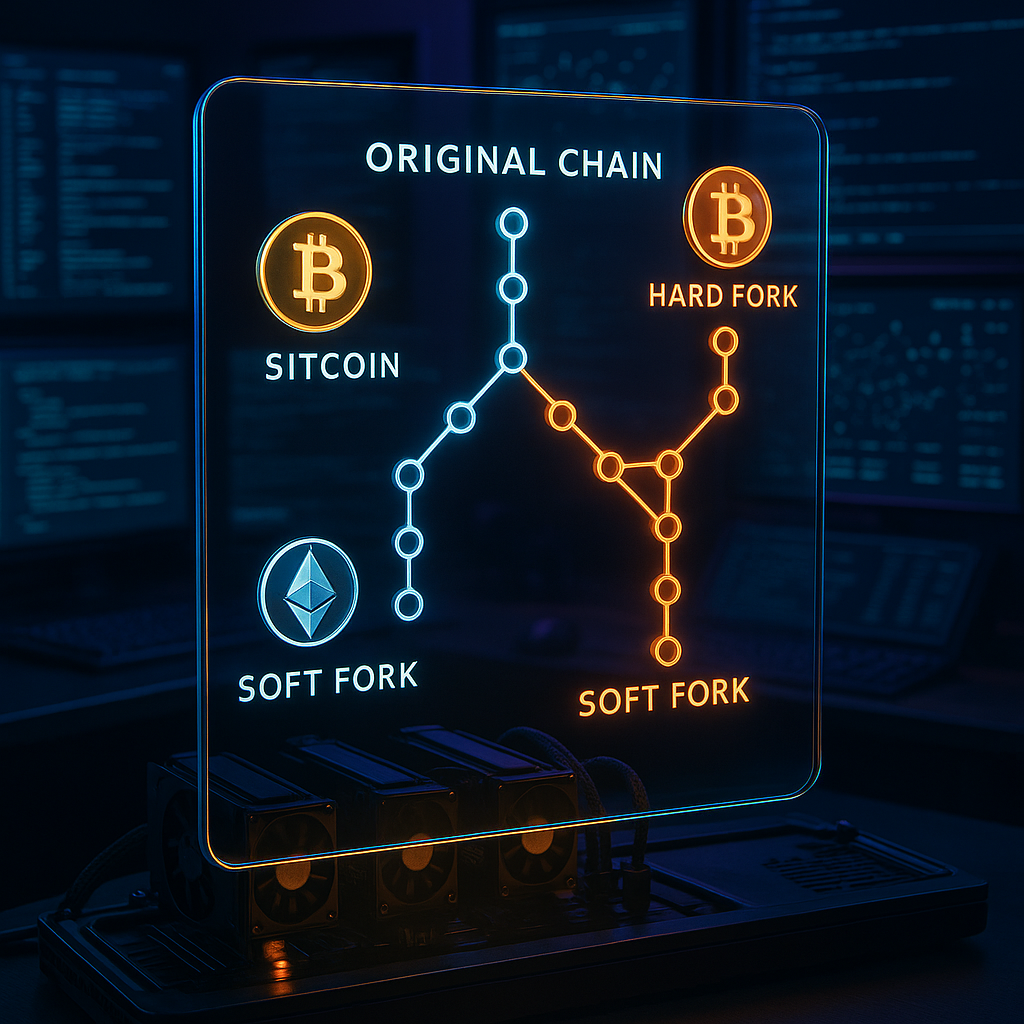Key Takeaways
- Harness dollar-cost averaging to tame DeFi volatility: Steadily investing smaller amounts over time, instead of making a single lump-sum contribution, allows newcomers to reduce the impact of short-term price swings and avoid costly, poorly timed entries into yield farming pools.
- Prioritize user-friendly, reputable yield farming platforms: Start with platforms known for transparency, strong security practices, and intuitive interfaces. The most beginner-friendly platforms make it easier to learn and avoid common pitfalls.
- Balance reward potential and risk, not just eye-catching APYs: Extremely high advertised APYs often hide risks such as impermanent loss, token instability, or underlying platform vulnerabilities. Always weigh rewards against factors like total value locked (TVL), security history, and real-world platform reputation.
- Start small and scale up with a beginner crypto strategy: Begin your yield farming journey by allocating a modest sum, such as $100, into lower-risk liquidity pools. Combine this with dollar-cost averaging to gradually build your position and confidence as you learn.
- Use yield aggregators for diversification and efficiency: Automated aggregators can distribute your investments across multiple pools, minimizing risk, reducing manual management, and smoothing returns, especially beneficial for those just starting out.
- Tap into the behavioral edge of risk management: Consistent dollar-cost averaging not only manages financial risk but also helps new participants avoid emotional errors like panic selling or FOMO-driven buying. This builds discipline and long-term success.
By focusing on practical risk management and steady, structured investing, beginners can safely unlock yield farming’s potential. Next, let’s explore how integrating dollar-cost averaging with smart platform selection can establish your foundation for sustainable success in the dynamic DeFi landscape.
Introduction
Navigating unpredictable price swings, novel strategies, and dense jargon can make yield farming seem overwhelming for DeFi newcomers. However, with an informed approach grounded in risk management, earning passive income from the decentralized finance ecosystem does not require taking reckless risks or relying on blind luck.
Blending the power of dollar-cost averaging with the safest, most accessible yield farming platforms provides a resilient strategy for managing volatility and systematically growing your portfolio. In this guide, you’ll discover how to choose trustworthy yield farming platforms, evaluate real-world risks versus advertised returns, and start with manageable stakes using a disciplined, beginner-friendly approach. Together, we’ll break down the steps to confidently pursue consistent returns while learning the tools of the DeFi trade.
Understanding Yield Farming Fundamentals
Before diving into advanced strategies, it’s essential to grasp the basics of how yield farming works, what influences returns, and the unique risks involved. This foundation will help you make smarter choices as you build your DeFi portfolio.
Stay Sharp. Stay Ahead.
Join our Telegram Group for exclusive content, real insights,
engage with us and other members and get access to
insider updates, early news and top insights.
 Join the Group
Join the Group
What is Yield Farming?
Yield farming is a decentralized finance (DeFi) strategy where you provide your cryptocurrency assets to liquidity pools in exchange for passive rewards. Imagine it as digital sharecropping (by lending your crypto to DeFi platforms, you earn a share of transaction fees and token incentives).
At the core, yield farming involves smart contracts that manage liquidity pools on decentralized exchanges (DEXs). When users trade assets, they pay fees, which are then distributed among liquidity providers. Depending on the platform, these annual yields (APY) can range from single digits to several hundred percent. Higher returns typically involve correspondingly higher risks.
Real-World Applications Across Industries
Although yield farming is a cornerstone of DeFi, automated capital pools are increasingly used in other sectors. For example, in environmental science, “green DeFi” protocols incentivize staking tokens to fund renewable projects. In gaming, reward-based liquidity pools fund in-game economies and prizes. Even health-tech platforms are experimenting with staking mechanisms to promote healthy behavior or medical research funding, showing how the principles of yield farming are expanding beyond finance.
Key Components of Yield Farming
Liquidity Pools
These smart contract-powered pools require users to deposit pairs of tokens, enabling other users to trade efficiently. For instance, an ETH-USDC pool allows easy swaps between Ethereum and stablecoins, while rewarding liquidity providers with transaction fees and additional tokens. Pool size, diversity, and activity directly impact your potential yield.
Annual Percentage Yield (APY)
Unlike simple interest (APR), APY in DeFi reflects compounded returns, including base token growth and bonus tokens. For example, a platform offering 50% APY on a $1,000 deposit could theoretically grow your investment to $1,500 in a year, presuming stable prices and ongoing reinvestment. However, APY is variable and sensitive to market conditions.
Platform Tokens
Most protocols issue their own governance or utility tokens as rewards. Examples include AAVE (Aave), CRV (Curve), and UNI (Uniswap). These tokens may offer voting rights or extra perks, but be cautious: their prices can be highly volatile, potentially impacting your total yield. Similar token-incentivized systems now appear in education (for attendance or participation) and marketing (loyalty and referral bonuses).
Evaluating Yield Farming Platforms
Finding the right platform is critical to success and safety in yield farming. Beginners should be especially diligent in this stage, as strong fundamentals can protect your investment and simplify your experience.
Security Considerations
Security must always come first. When evaluating a yield farming platform, look for:
- Multiple independent security audits of the platform’s smart contracts
- A long operational record without major exploits or hacks
- Significant Total Value Locked (TVL), signaling community trust
- An active, transparent development team and bug bounty programs
- Insurance partnerships or built-in protection for depositor funds
Platforms like Aave, Curve, and Yearn Finance have consistently demonstrated these qualities, making them reliable starting points for newcomers. Similar security practices are now being adopted by platforms in legal (contract automation), healthcare (data protection), and regulated finance (secure asset custody), reflecting cross-industry best practices.
Essential Platform Features for Beginners
Choosing a user-friendly platform enhances your experience and minimizes the chance of expensive mistakes. Prefer platforms or aggregators offering:
- Auto-compounding of rewards: Services like Beefy Finance automatically reinvest your earnings to maximize long-term growth.
- Intuitive user interfaces: Beginner-favorite options like Yearn Finance streamline complex steps and provide helpful onboarding.
- Low transaction (gas) fees: Layer 2 solutions such as Polygon or Optimism dramatically reduce costs for frequent transactions.
- Institutional-grade security: Built-in or optional insurance coverage for deposited assets is available on some platforms.
- Educational resources: Look for platforms that provide clear guides, FAQs, and even customer support (qualities increasingly common in retail, legal, and consumer finance products as well).
A Practical Risk Assessment Framework
To effectively evaluate platform risks:
- Smart Contract Risk: Check for up-to-date audit reports, public bug bounty initiatives, and active response to past vulnerabilities.
- Token Price Risk: Review historical price charts and assess the volatility of the platform’s reward tokens.
- Platform Risk: Investigate the team’s transparency, presence in the community, and track record through social media and GitHub.
- Impermanent Loss Risk: Use calculators to estimate how volatility between your pooled tokens could erode returns. This is particularly relevant in volatile pairs and less so in stablecoin combinations.
This approach to risk management is valuable beyond DeFi. For instance, insurance firms, environmental projects, and education technology platforms increasingly utilize similar multi-factor frameworks when evaluating new digital offerings.
Implementing Dollar-Cost Averaging (DCA) in Yield Farming
Once you’ve selected secure, beginner-friendly platforms, strengthening your investment strategy with dollar-cost averaging can further reduce risks and build your confidence over time.
Strategic Entry Points
Dollar-cost averaging (DCA) calls for consistent, periodic investments instead of attempting to “time the market.” For beginners:
- Decide on a fixed investment amount (weekly or monthly).
- Begin with stable pairs (such as USDC-USDT or DAI-USDC) for a gentler learning curve.
- Gradually increase exposure to more volatile but rewarding pools as you build knowledge.
- Set up automatic reminders or use platform tools to reinvest and track rewards.
For instance, allocating $200 each month into a stablecoin pool gives you time to learn DeFi platform functions, track performance, and adjust strategy with each cycle.
Building a Balanced Portfolio
To safeguard your investments while exploring yield farming, consider diversifying:
Stay Sharp. Stay Ahead.
Join our Telegram Group for exclusive content, real insights,
engage with us and other members and get access to
insider updates, early news and top insights.
 Join the Group
Join the Group
- 40% in stablecoin pools, offering consistent if modest returns with minimal price risk
- 30% in established crypto pairs, such as ETH-USDC, balancing yield and stability
- 20% in higher-yield, higher-risk pools or platforms
- 10% in platform and governance tokens, offering potential for upside as you gain experience
Diversification using DCA is a proven strategy not only in DeFi but also in more traditional sectors such as stock investing, real estate (through REITs), and even in educational program enrollments (distributing your focus across courses or skills).
The Risk Management Advantage of DCA
Implementing DCA in your yield farming journey offers substantive risk management benefits:
- Limits the impact of short-term APY drops or token price volatility
- Spreads entry exposure across varied market conditions, reducing bad-luck timing
- Allows you to gain hands-on experience safely and adapt your approach as you learn
- Facilitates natural portfolio diversification while minimizing the risk of emotional decision-making
Such consistent, data-driven strategies are also being adopted in industries like marketing analytics (budget phasing), healthcare (health savings accumulation), and consumer tech (subscription investments).
Advanced Optimization Strategies
Once you have established a foundational understanding and strategy, advanced techniques can help you further maximize returns and manage risk.
Yield Rotation Techniques
Yield farming rewards often fluctuate between pools as market conditions shift. To optimize your earnings:
- Regularly monitor APY trends across your chosen platforms.
- Establish thresholds or triggers for rotating your capital to better-performing pools.
- Include gas fees in your cost-benefit calculations before moving funds.
- Use spreadsheets or dashboard tools to meticulously track allocations and returns.
Yield rotation principles also inform portfolio rebalancing in finance, conserving energy in environmental science, and adapting marketing campaigns based on engagement metrics.
Performance Tracking and Continuous Improvement
Success in yield farming requires regular evaluation of key performance indicators:
- Daily or weekly yield and reward rates
- Calculated impermanent loss for each pool
- Cumulative gas and transaction fees
- Total portfolio value in common reference currencies (like USD)
- Performance and appreciation of platform tokens and aggregated assets
Maintaining discipline in tracking results benefits not just DeFi users, but professionals in fields such as healthcare (patient progress tracking), education (student learning metrics), and retail (inventory and sales analysis).
By steadily applying these practices, you can build both financial growth and a deeper, practical understanding of decentralized finance’s evolving landscape.
Conclusion
Yield farming stands as one of the most dynamic and potentially rewarding opportunities in today’s decentralized finance world, but it is not without challenges. For newcomers, blending structured risk management principles (like dollar-cost averaging) with sound platform selection offers a clear path to sustainable returns.
Success in this realm is not about chasing fleeting, sky-high APYs or trying to predict every market swing. Instead, it’s grounded in building knowledge, making disciplined investment decisions, and prioritizing platforms with robust security and user support. Strategies such as yield rotation and careful tracking will further optimize your journey, transforming every lesson into future strength.
Looking forward, the DeFi ecosystem is likely to evolve with increased cross-industry collaboration, enhanced user protections, and more accessible pathways for both earning and learning. As you refine your approach, prioritize education, transparency, and empowerment. By remaining adaptive and alert, you can not only participate in decentralized finance but actively shape your own financial future. This lays the foundation for lasting confidence and success as the crypto world matures. Now is the time to build your skills, harness new opportunities, and step confidently into DeFi’s next chapter. Learn. Earn. Repeat.





Leave a Reply